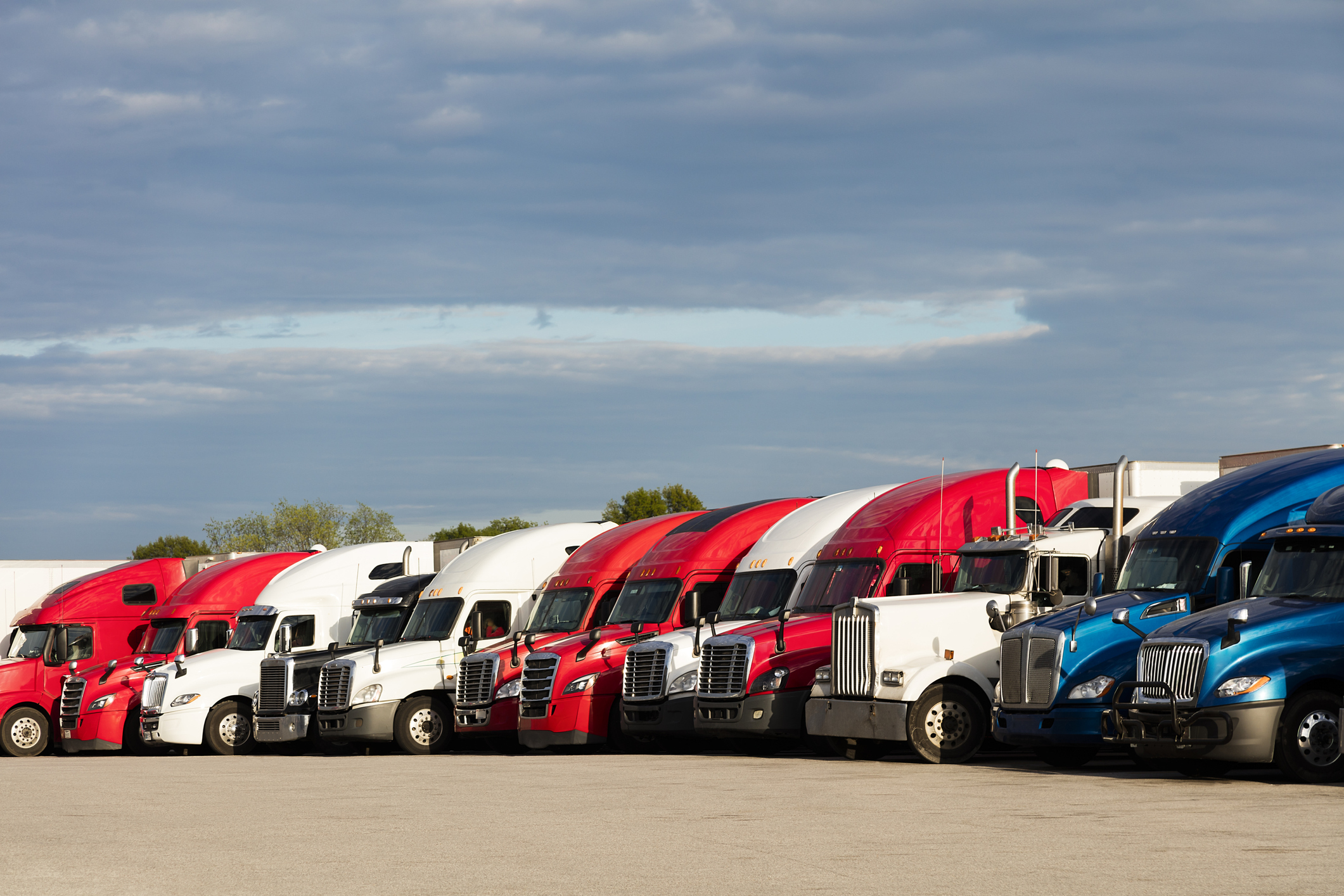Why You Should Consider Wet Hose Fueling

With fuel being the second-largest total cost of ownership expense after depreciation, controlling fleet fuel costs and getting the most from every fuel dollar is key to running a profitable operation. There are proven ways to achieve this, including monitoring driver behavior, improving routing efficiency, keeping tires properly inflated, and one that we’ll explore here — fuel delivery methods — specifically wet hose fueling.
Fueling Your Bottom Line
There are three methods for fueling vehicles and equipment: bulk fuel tanks, retail fuel cards, and wet hose fueling. Each provides benefits, but the question is which form provides the business benefits you’re looking for in the most cost-effective way possible. Increasingly, the answer to that question by fleet managers and business owners is wet hose fueling.
Let’s take a closer look at why.
The Basics
Wet hose fueling has been around for decades and was initially used by the construction industry to fuel equipment. Today, businesses across many industries use wet hose fueling as a safe, streamlined, reliable, and cost-effective method to ensure vehicles and equipment are job-ready at the start of the workday.
Other than two exceptions — the fleet does not return to one location at the end of the day or is a small fleet — wet hose fueling can be a good business decision that provides numerous bottom-line benefits.
Here’s how it works:
- A fuel specialist from your fuel provider arrives at your specified location at your specified time — typically at night.
- The specialist determines the type of product the vehicle/equipment needs by scanning the barcode with a handheld device.
- The specialist services the vehicle/equipment and continues the process until all are serviced.
- Data collected from the specialist’s device, including the type of product dispensed and the number of gallons for each vehicle/equipment, is immediately uploaded to the internet and made available to fleet managers and relevant parties in a concise report for review and analysis.
The Cost
Wet hose fueling can be more expensive per gallon than onsite fuel tanks or retail fuel cards. However, you’re paying the fuel provider for the fuel transfer, their employee to service your fleet, and paying for support technologies and software for inventory management, fuel authentication, billing, and data warehousing — all of which can save you time and money in the long run.
Compared to a bulk fuel tank, although the price per gallon may be higher with wet hose fueling, it can be more cost-effective than a bulk fuel tank. And here’s why. You don’t have the installation costs of an onsite fuel tank, the costs and manpower required to maintain the tank/conduct testing to ensure tank and fuel integrity, or the cost of storage tank liability insurance.
Compared to retail fuel cards, there are no costs associated with lost productivity from drivers fueling at a retail fuel station. Plus, there’s no driver error, lost receipts, or chance of fraud — the costs of which can add up quickly.
The Benefits
As touched on earlier, wet hose fueling is best suited for fleets that return to one location and are not comprised of just a few vehicles. For fleets that meet these criteria, you can expect:
1. Optimal Performance of Assets
With the right product dispensed every time for each asset, you’re going to get optimal performance from that vehicle or piece of equipment. Plus, the data collected from the driver’s hand-held device can help identify any issues with each asset. With that knowledge, you can immediately take care of an issue before it becomes a costly repair or results in downtime for the vehicle or equipment.
Additionally, wet hose fueling can expand the lifespan of vehicles because vehicles are not racking up miles going to fueling stations, which means less wear and tear on tires, engines, etc.
2. Greater Productivity
Wet hose fueling maximizes your drivers’ time and reduces fuel waste since looking for a fueling station and filling up is out of the picture. Since fueling typically takes place overnight, you can be confident that at the start of the workday, “all systems are go,” no matter whether they are at your facility, yard, or job site.
3. Better Control Over Fuel
With drivers removed from the fueling process, there’s no chance of driver theft/misusage at fuel stations, lost fuel receipts, or drivers forgetting to turn receipts in altogether. In addition, you get accurate and detailed reporting immediately following each fueling and the convenience of one bill for simplified fuel tax reporting and less time spent on administrative details.
4. Improved Safety
Wet hose fueling allows you to devote time to core responsibilities and improving operations, rather than spending time staying on top of environmental and safety regulations related to bulk fuel tanks.
There’s little chance of spillage with wet hose fueling. However, should a spillage occur, it’s nothing like a spillage from a bulk tank, which can not only be very costly to clean up, it can cause property damage and bodily harm, putting your business at risk for litigation.